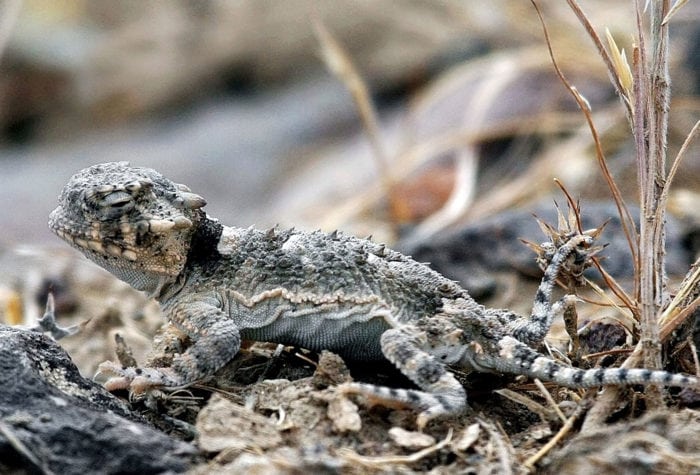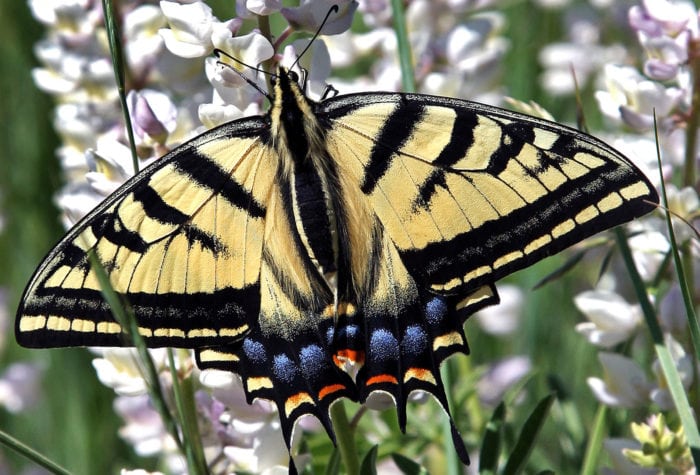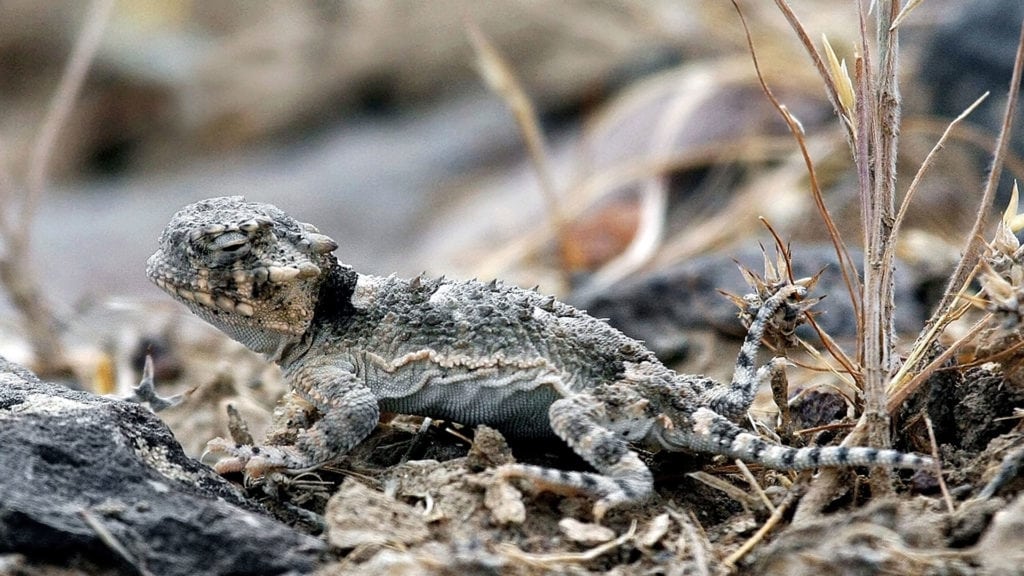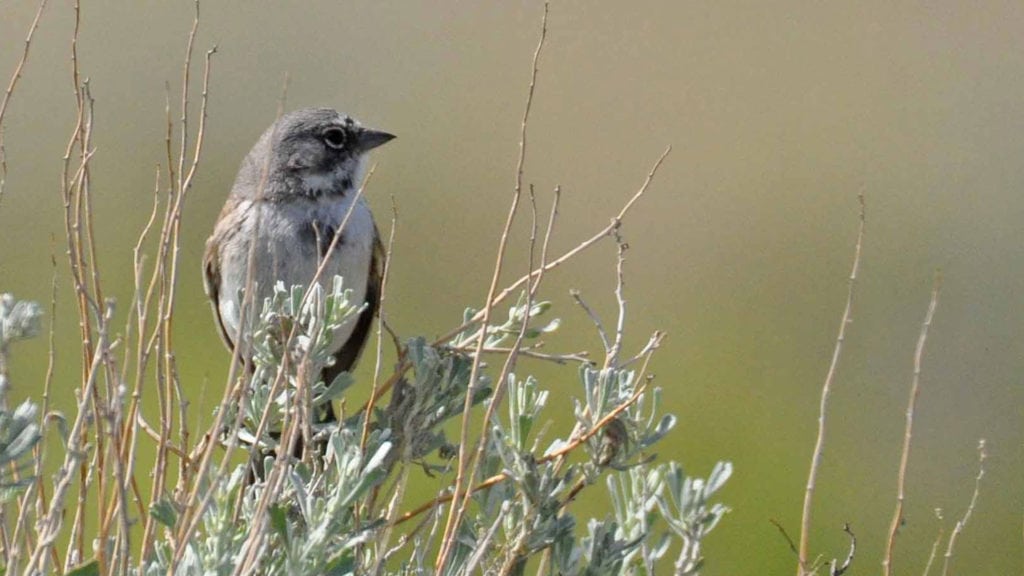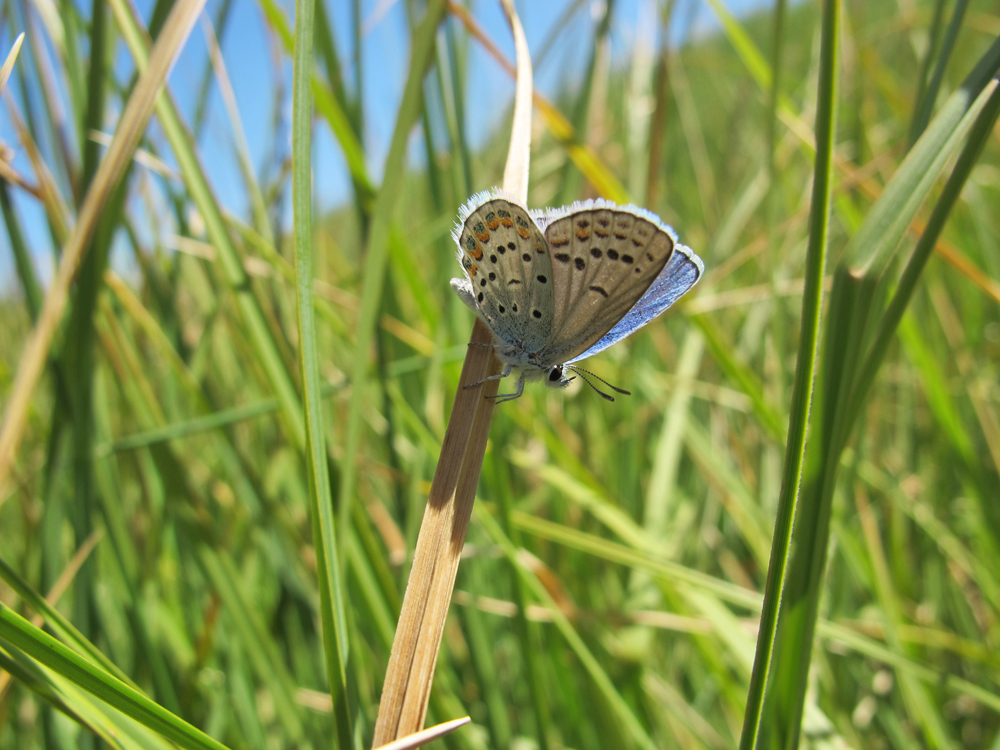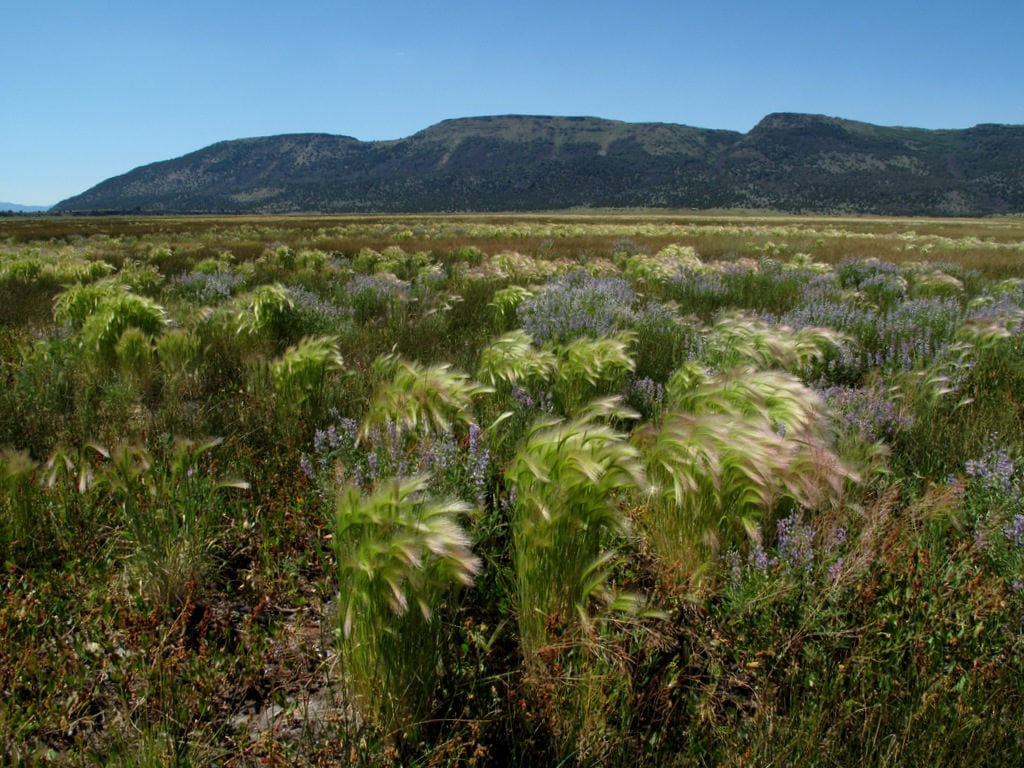Wow, it’s hot out there in the high desert! At least much of the time … not so much at night … and not every day either. (I can clearly recall July 4, 2010, when, camped out on the West Little Owyhee River, we got 4” of snow overnight and all our water was frozen by the 24-degree dawn temperatures!) But, overall, no matter the actual daily weather, the sun is the driving force behind just about everything happening June to September.
Desert plants and animals adapt in their own ways: finding shade, burrowing down or hiding out during the day, moving to higher elevations, shedding winter fur coats, sending down deeper and deeper roots, maturing seeds and dropping foliage, and especially searching for water and food. Riparian corridors are increasingly vital now, even as they are drying up, as only a select few animals do not actually need water to drink.
Here’s an overview of strategies that the various groups of desert inhabitants will employ during this trying season when the sun makes water more scarce, complicating survival for most residents.

